A London exhibition charts the art and death of Joshua Compston
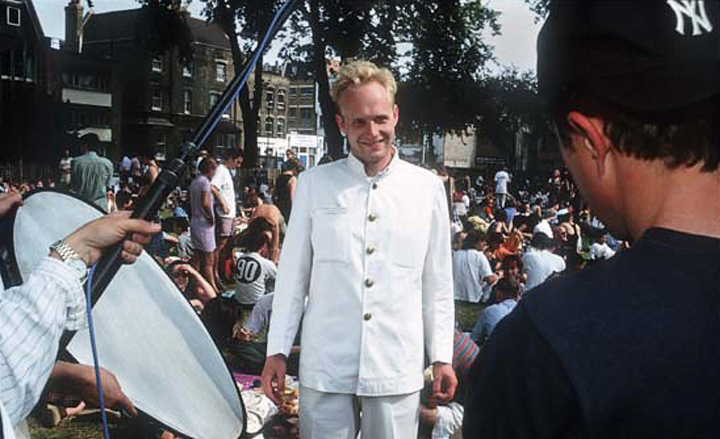
Jay Jopling opened his White Cube gallery on Hoxton Square in 2000 and it quickly became the new epicentre of a resurgent London art scene. But it wasn't Jopling who first suggested that the square - one of the oldest in the capital - and the unloved acreage of East London around it could become the city's prime artistic quarter.
Joshua Compston opened his gallery Factual Nonsense (a Wittgenstein reference) on Charlotte Road in Shoreditch in 1992 when the area was largely deserted (though, of course, a number of artists were already quietly going about their business in its empty industrial spaces). Compston had studied fine art at Camberwell but switched to reading art history at the Courtauld Institute. There he instigated the Courtauld Loan Collection, his first curatorial adventure, borrowing art from established artists such as Howard Hodgkin and Gilbert & George and up-and-coming artists such as Gary Hume and a certain Damien Hirst to be hung in seminar rooms. But it was at Factual Nonsense that he really began to get noticed.
Compston was determined to become a Warholian art impresario. And Shoreditch would be his Manhattan. (The letterpress catalogues and posters for the gallery's shows now look years ahead of their time. He was early to crafty-retro). With a babyish cloud of blonde hair, a sit-com posh accent and a statement white suit, he was at once a galvanising force and an unpredictable irritant to those who would become YBAs, both circus master and clown (The Guardian's Adrian Searle sums up the general take on Compston, calling him 'profoundly bright and profoundly irritating'.)
He is best remembered for a series of art-centric takes on traditional folk festivals, all held in Shoreditch. The first, 'The Fete Worse than Death', took place in 1993 with then relatively unknown artists such as Gavin Turk, Gillian Wearing, Mat Collishaw, Tracey Emin, Sarah Lucas and Gary Hume manning stalls selling art. Damien Hirst dressed as a clown and produced his first spin painting at the fête (yours for £1).
Compston was last seen alive at the opening of a Jean-Michel Basquiat exhibition at the Serpentine gallery in 1996. He was 25. Hundreds came to the funeral including the artists Peter Blake and Gilbert & George. One of his pallbearers was James Goff, an unusually cultured and adventurous estate agent and CEO of local firm Stirling Ackroyd, who had befriended Compston and shared his vision for the area. Compston had said he wanted to 'explode the gap between art, advertising, entertainment, high-street retailing and real estate development.' In that, he was also ahead of his time.
A new show at London's Paul Stolper gallery, 'Factual Nonsense - The Art and Death of Joshua Compston', celebrates the short life of this catalytic engine of the early 1990s London art scene. Curated by artist Darren Coffield, the exhibition brings together posters, photographs, letters, diaries, videos and press cuttings as well as art works by Compston and early pieces by Hirst, Hume, Emin and others. Proceeds from sales from the exhibition will be donated to a fund for a memorial to Compston in Hoxton Square.
We caught up with curator Darren Coffield to find out more...
Like a lot of people, I first became aware of Joshua because his funeral got so much press. There was an extraordinary reaction to his death. And the attitudes towards him seemed very complex...
Yeah, in some ways the funeral was his greatest production. Hundreds of people turned up. I think most of them were there just to make sure he was dead and properly buried. He was 50% brilliant and 50% stupid. I think now we would realise that he was high functioning autistic but people didn't understand that then. So he just annoyed them.
He had this very posh accent and and he dressed in these posh clothes. He came across like this Terry Thomas character and people didn't know what to make of him. They thought he was taking the piss. And he really kept questioning people. Asking them why they were doing certain things and people didn't like that. But he was obsessed with William Morris and his ideas, and he just wanted to make the world a better place. He had this idea to lend a collection of American abstract art to local state schools. He had all these ideas. And he took people at face value. He was very trusting, sometimes to his cost.
He seemed to be ahead of his time in lots of ways. The way he promoted the Factual Nonsense shows. Understanding how art could change an area like Shoreditch.
There was no one in that area at the time. But 4,000 came for the first Fete Worse than Death. And then people started moving over from Westbourne Grove. And that was that. He had an idea to put on an art fair in a tent. Which is eventually what Frieze did.
And what do you think he would make of Frieze now?
He would have hated it. He would have thought it was just a trade fair.
Everyone wants to be a curator now. Do you think that is part of his legacy, taking something that had until that point been seen as very dry and academic, and adding this showman, impresario element?
Yeah. You know, there are courses in curating now, which seems ridiculous, but there wasn't anything like that at the time. But he got things done. He got Damien Hirst into the Courtauld Institute.
You use an amazing quote of Compston's in the exhibition: 'I am like an aircraft carrier, people land on me then take off.' It's a bit sad and bit angry but there is also an arrogance or at least a certainty that he had had a real influence?
By the end he was quite bitter that he wasn't getting any credit for what he had done and the art world was really excluding him. The YBAs, as they became, just seemed to be interested in making money and being cool. It was very cliquey. And that wasn't what he was into at all. He had these very utopian ideas of taking art out to people.
People still talk about Joshua. His presence still seems very felt. I just read a Q&A with Gavin Turk and he talked about what an inspiration he had been. And there was a big turn out for the private view of the exhibition.
Yes. All kinds of people turned up. Damien Hirst turned up but Damien hated Joshua when he was alive because he was always telling him to do things in a certain way. But then I guess once people are gone you miss them and think about what they were trying to do. I do think he was the conscience of that generation.
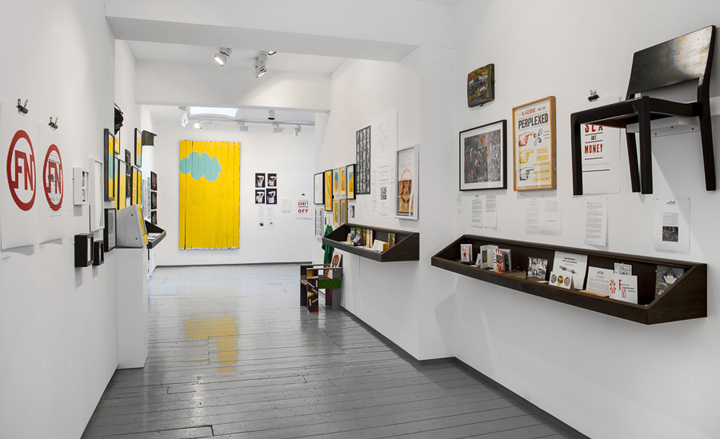
Curated by artist Darren Coffield, the exhibition brings together posters, photographs, letters, diaries, videos and press cuttings as well as art works by Joshua Compston and early pieces by Damien Hirst, Gary Hume, Tracey Emin and others.
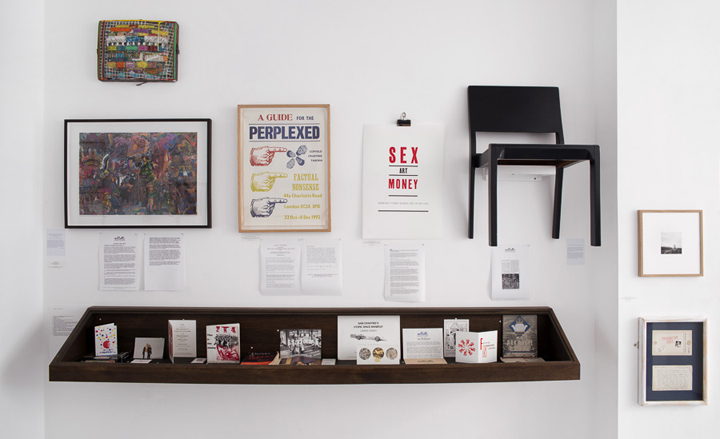
Installation view at Paul Stolper gallery.
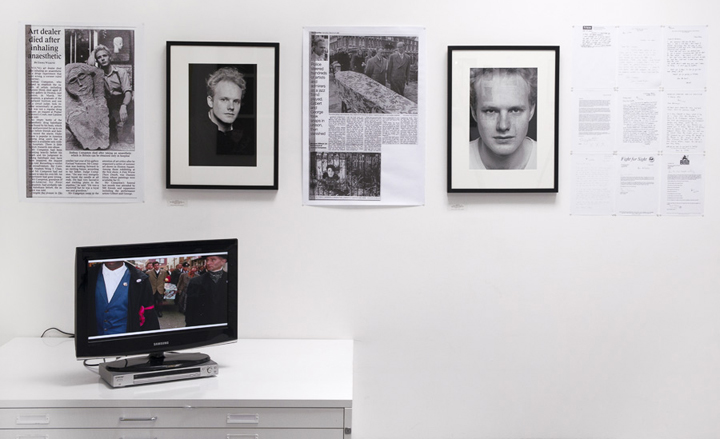
Compston opened his gallery Factual Nonsense on Charlotte Road in Shoreditch in 1992 when the area was largely run-down and deserted.
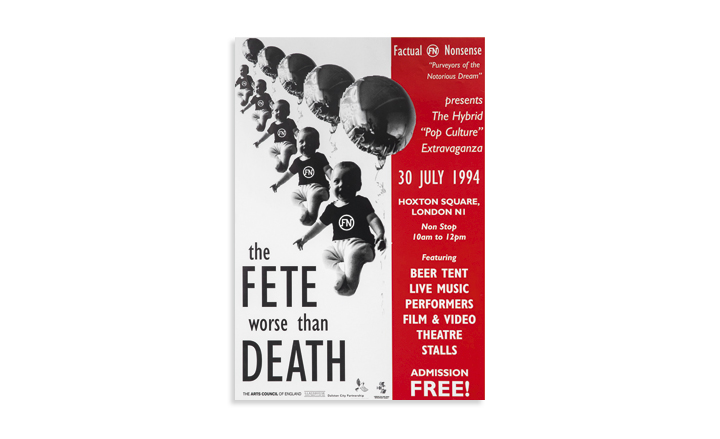
The Fete Worse than Death poster, 1994. Compston is best remembered for a series of art-centric takes on traditional folk festivals, all held in Shoreditch. The first fete took place in 1993 with then relatively unknown artists such as Gavin Turk, Gillian Wearing, Mat Collishaw, Sarah Lucas, Emin and Hume manning stalls selling art
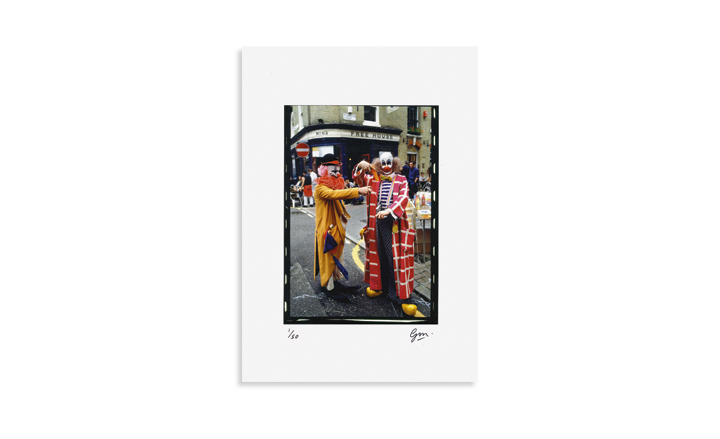
Damien Hirst and Angus Fairhurst at the Fete Worse than Death, dressed as clowns, by Guy Moberly, 1993. Leigh Bowery painted Fairhurt's genitals, which is what Hirst is pointing at with his water pistol in this image
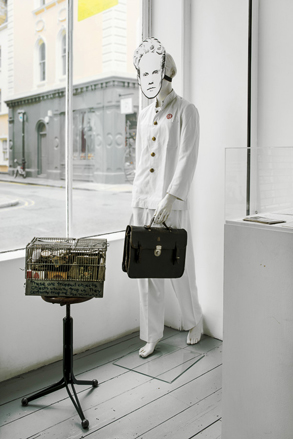
Compston's iconic white suit is also on view, which he wore to several of his happenings, along with his briefcase; the mask is a painting made by Coffield. In front of the mannequin is a piece created by Compston while he was a student at St Edwards School in 1986, entitled 'Bird Cage'.
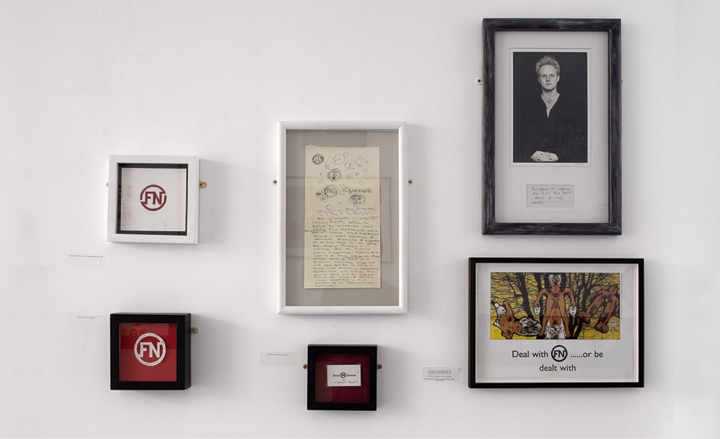
It was at the Courtauld Institute that Compston instigated his first curatorial adventure, borrowing art from established artists such as Howard Hodgkin and Gilbert & George and up-and-coming artists like Gary Hume to be hung in seminar rooms.
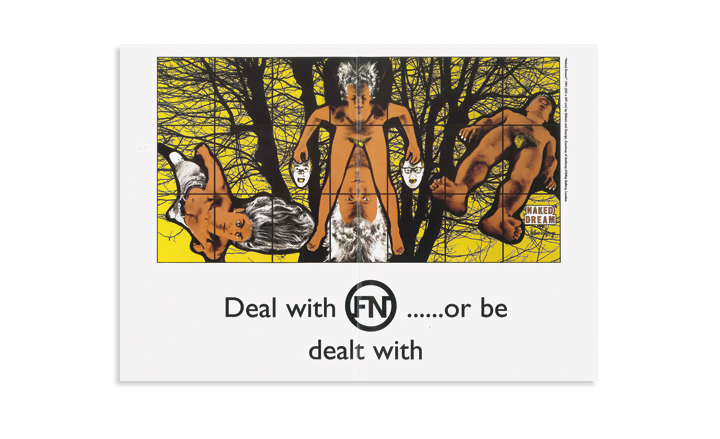
The Factual Nonsense leaflet 'Deal with FN… Or be Dealt With' features Gilbert & George's 'Naked Dreams' work. Compston, who used to model for the pair when he was a student, is the figure in the image
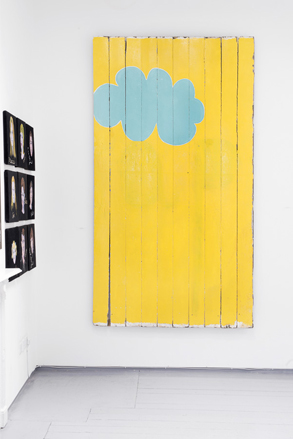
'The Cloud of Unknowing', by Gary Hume, circa 1990. This painting has only recently been restored and is being shown for the first time.
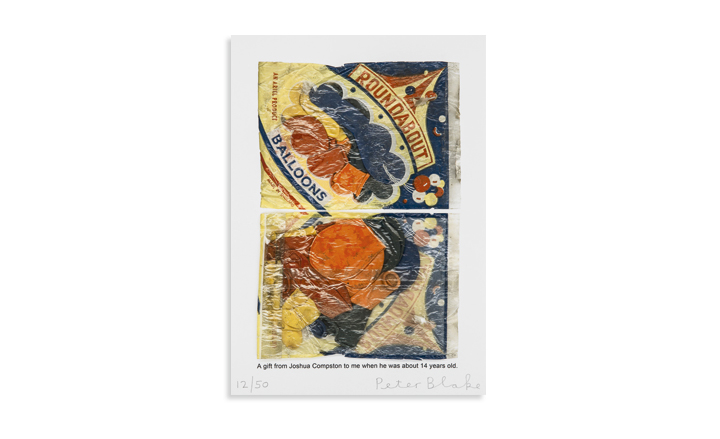
'A gift from Joshua Compston to me when he was 14 years old', by Peter Blake
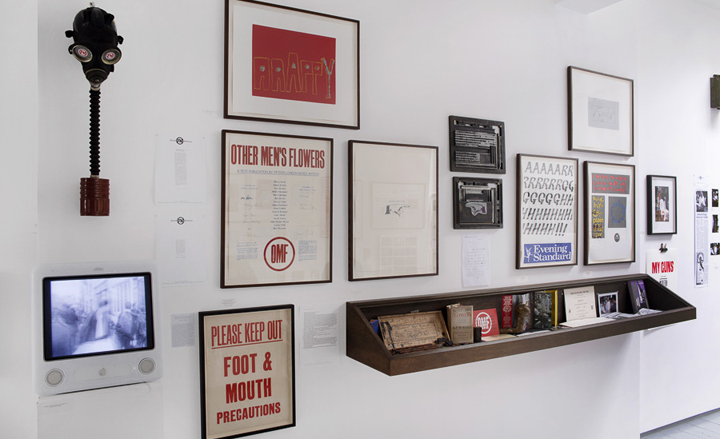
Installation view of the exhibition.
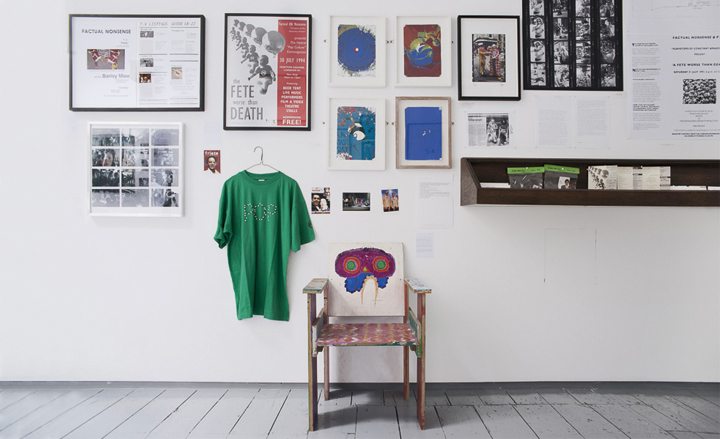
Proceeds from sales from the exhibition will be donated to a fund for a memorial to Compston in Hoxton Square.
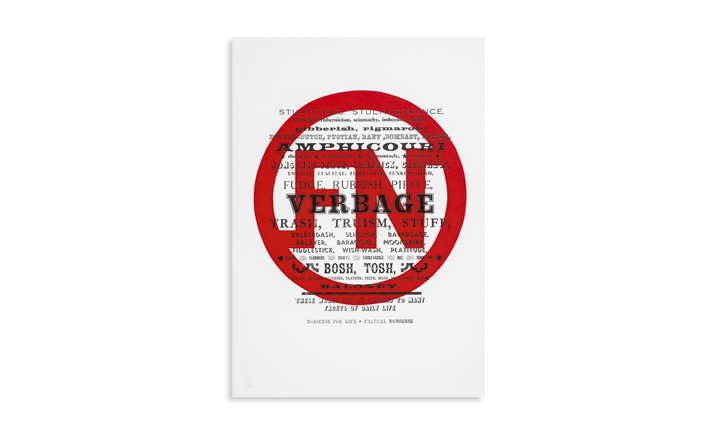
'FN Verbage', by Darren Coffield. Each print incorporates the Factual Nonsense logo and a quote by Compston
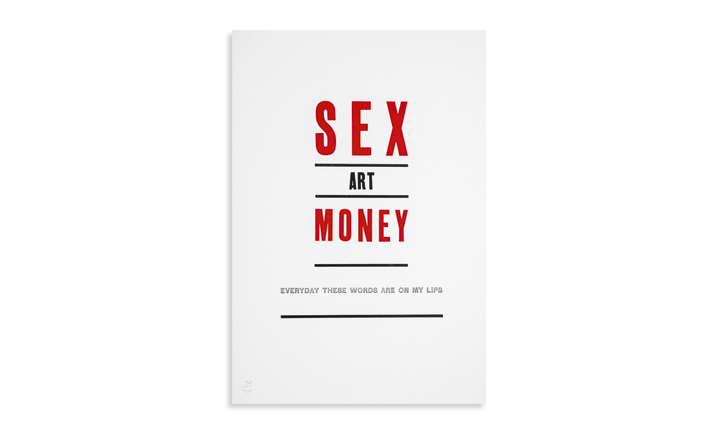
'FN Sex Art Money', by Darren Coffield
ADDRESS
Paul Stolper Gallery
31 Museum Street
London WC1A 1LH
Receive our daily digest of inspiration, escapism and design stories from around the world direct to your inbox.
-
 This cult Los Angeles pop-up restaurant now has a permanent address
This cult Los Angeles pop-up restaurant now has a permanent addressChef Brian Baik’s Corridor 109 makes its permanent debut in Melrose Hill. No surprise, it's now one of the hardest tables in town to book
-
 French bistro restaurant Maset channels the ease of the Mediterranean in London
French bistro restaurant Maset channels the ease of the Mediterranean in LondonThis Marylebone restaurant is shaped by the coastal flavours, materials and rhythms of southern France
-
 How ethical is Google Street View, asks Jon Rafman in Copenhagen
How ethical is Google Street View, asks Jon Rafman in CopenhagenIn 'Report a Concern - the Nine Eyes Archives' at Louisiana Museum of Art, Copenhagen, Jon Rafman considers technology's existential implications
-
 Out of office: The Wallpaper* editors’ picks of the week
Out of office: The Wallpaper* editors’ picks of the weekFar from slowing down for the festive season, the Wallpaper* team is in full swing, hopping from events to openings this week. Sometimes work can feel like play – and we also had time for some festive cocktails and cinematic releases
-
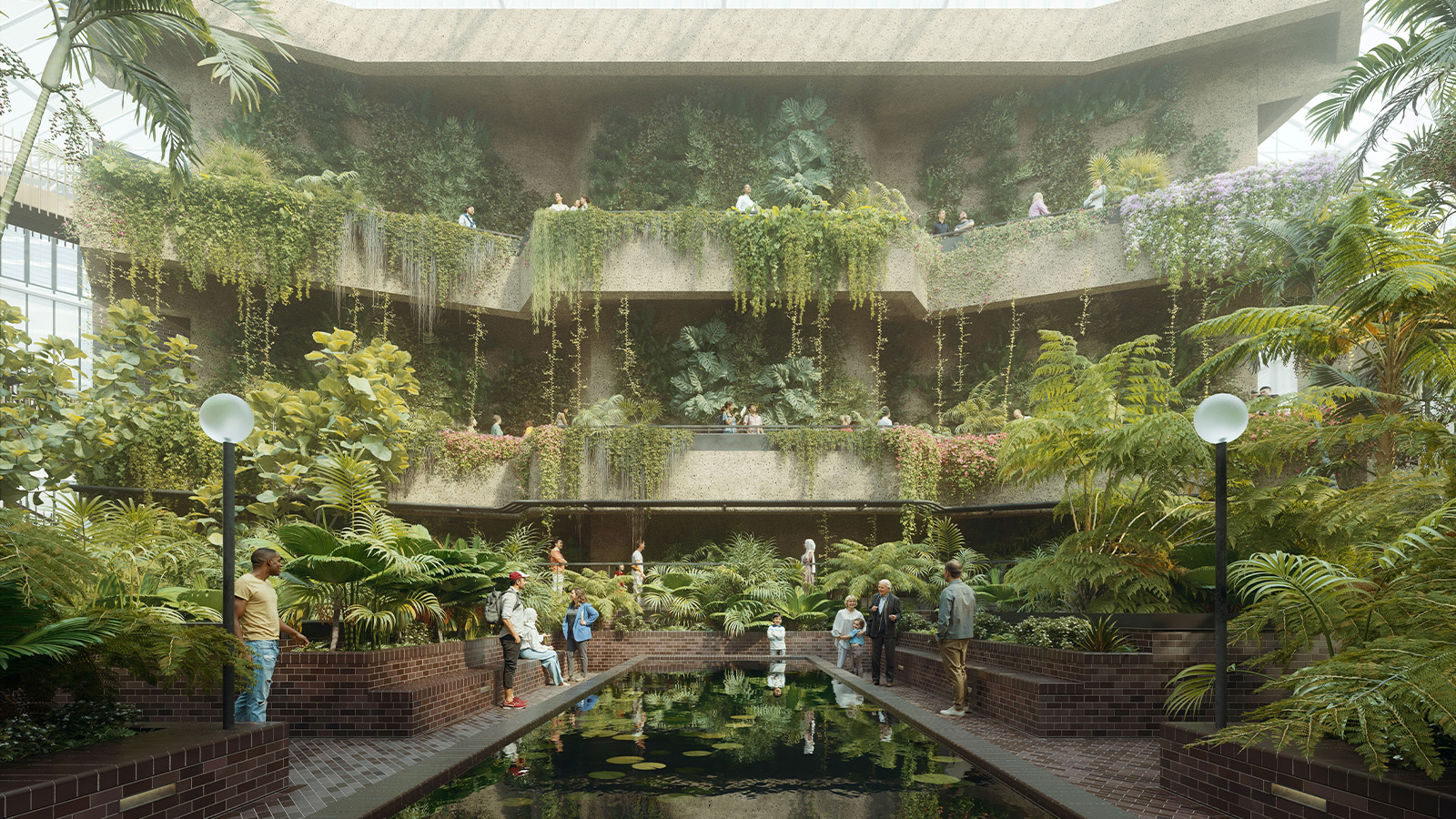 The Barbican is undergoing a huge revamp. Here’s what we know
The Barbican is undergoing a huge revamp. Here’s what we knowThe Barbican Centre is set to close in June 2028 for a year as part of a huge restoration plan to future-proof the brutalist Grade II-listed site
-
 Out of office: The Wallpaper* editors’ picks of the week
Out of office: The Wallpaper* editors’ picks of the weekIt’s wet, windy and wintry and, this week, the Wallpaper* team craved moments of escape. We found it in memories of the Mediterranean, flavours of Mexico, and immersions in the worlds of music and art
-
 Each mundane object tells a story at Pace’s tribute to the everyday
Each mundane object tells a story at Pace’s tribute to the everydayIn a group exhibition, ‘Monument to the Unimportant’, artists give the seemingly insignificant – from discarded clothes to weeds in cracks – a longer look
-
 Out of office: The Wallpaper* editors’ picks of the week
Out of office: The Wallpaper* editors’ picks of the weekThis week, the Wallpaper* team had its finger on the pulse of architecture, interiors and fashion – while also scooping the latest on the Radiohead reunion and London’s buzziest pizza
-
 Out of office: The Wallpaper* editors’ picks of the week
Out of office: The Wallpaper* editors’ picks of the weekIt’s been a week of escapism: daydreams of Ghana sparked by lively local projects, glimpses of Tokyo on nostalgic film rolls, and a charming foray into the heart of Christmas as the festive season kicks off in earnest
-
 Wes Anderson at the Design Museum celebrates an obsessive attention to detail
Wes Anderson at the Design Museum celebrates an obsessive attention to detail‘Wes Anderson: The Archives’ pays tribute to the American film director’s career – expect props and puppets aplenty in this comprehensive London retrospective
-
 Meet Eva Helene Pade, the emerging artist redefining figurative painting
Meet Eva Helene Pade, the emerging artist redefining figurative paintingPade’s dreamlike figures in a crowd are currently on show at Thaddaeus Ropac London; she tells us about her need ‘to capture movements especially’